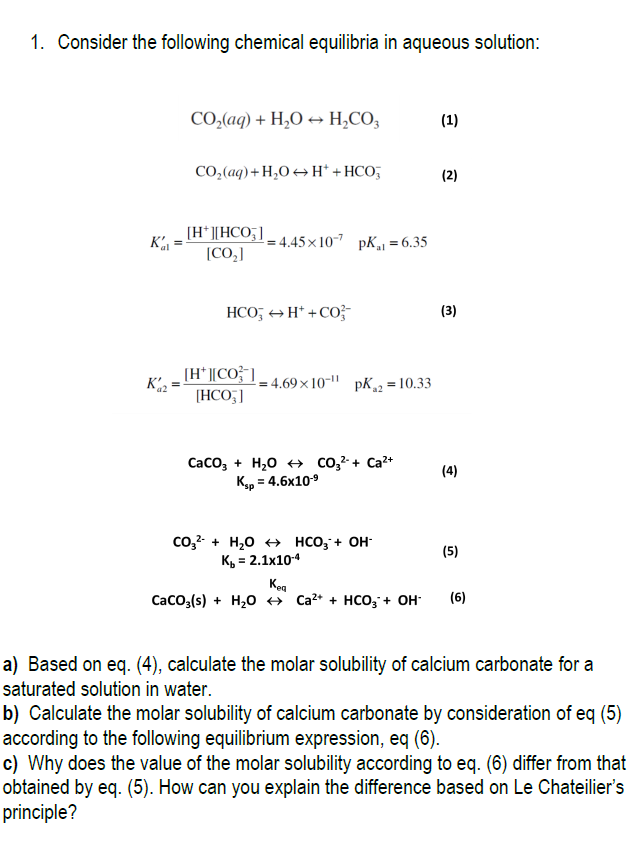Answered step by step
Verified Expert Solution
Question
1 Approved Answer
1. Consider the following chemical equilibria in aqueous solution: CO2(aq) + H2O + H2CO3 (1) CO, (aq)+H,0 H+ + HCO3 (2) Ka [H* |(HCO31 -4.45

Step by Step Solution
There are 3 Steps involved in it
Step: 1

Get Instant Access to Expert-Tailored Solutions
See step-by-step solutions with expert insights and AI powered tools for academic success
Step: 2

Step: 3

Ace Your Homework with AI
Get the answers you need in no time with our AI-driven, step-by-step assistance
Get Started


